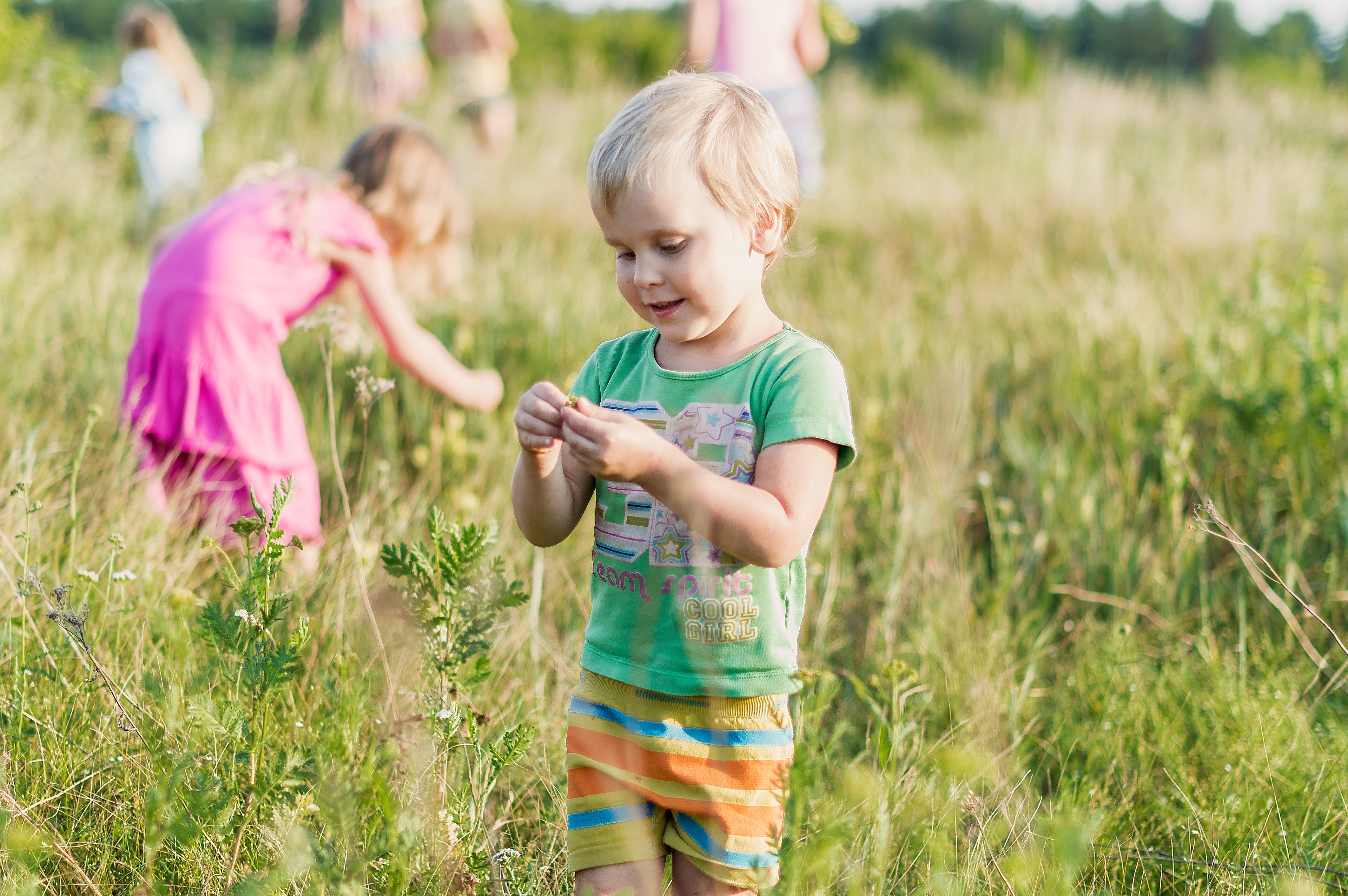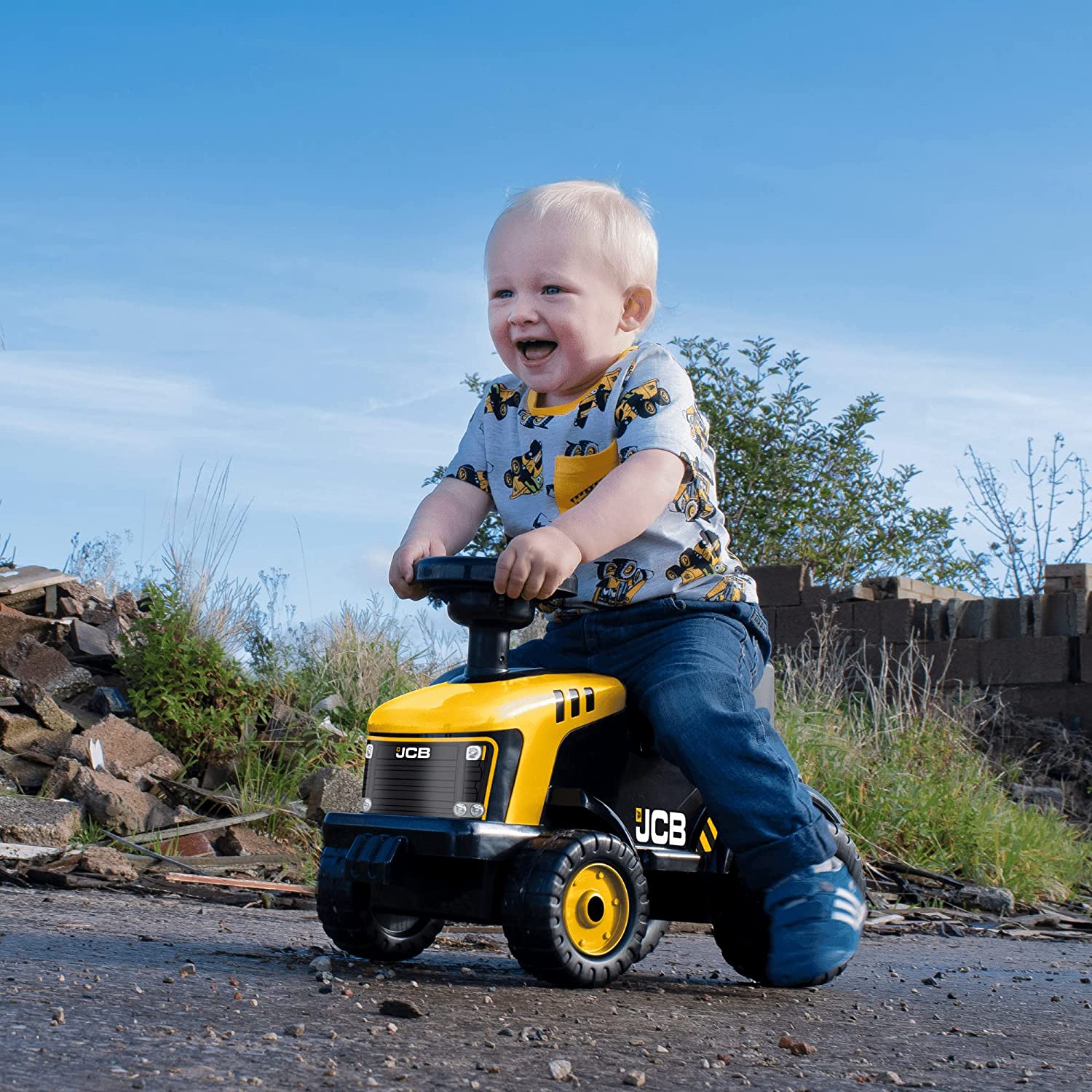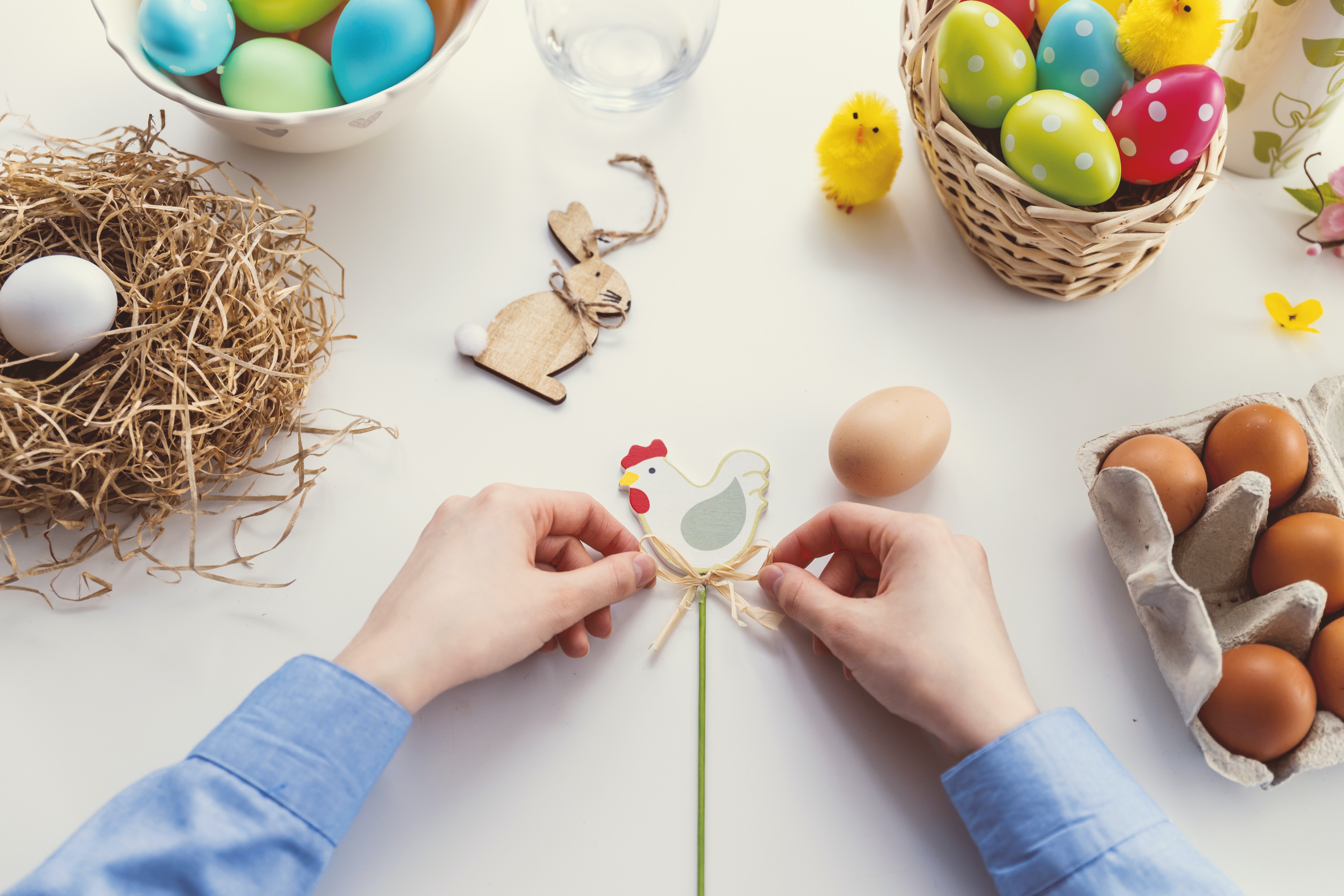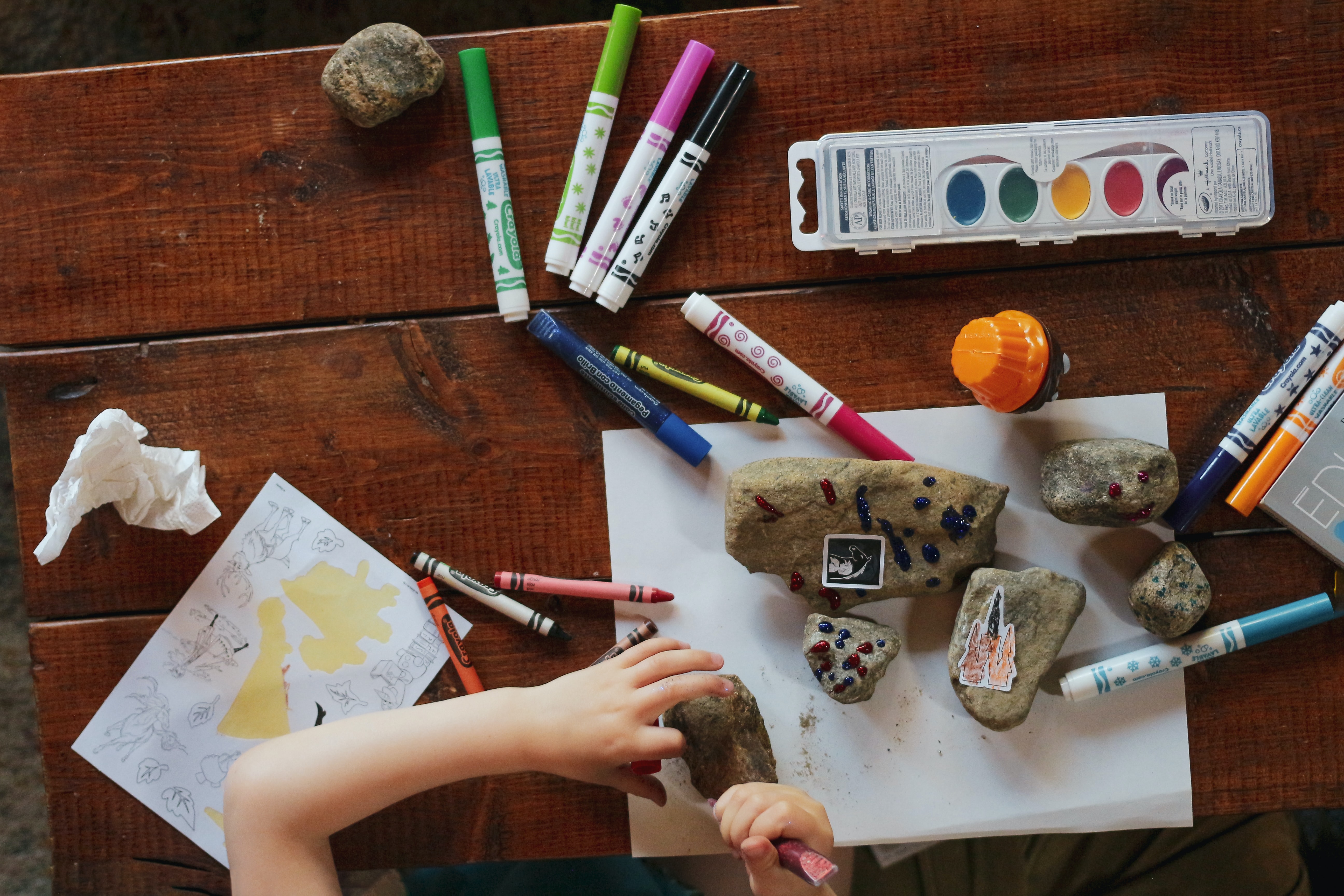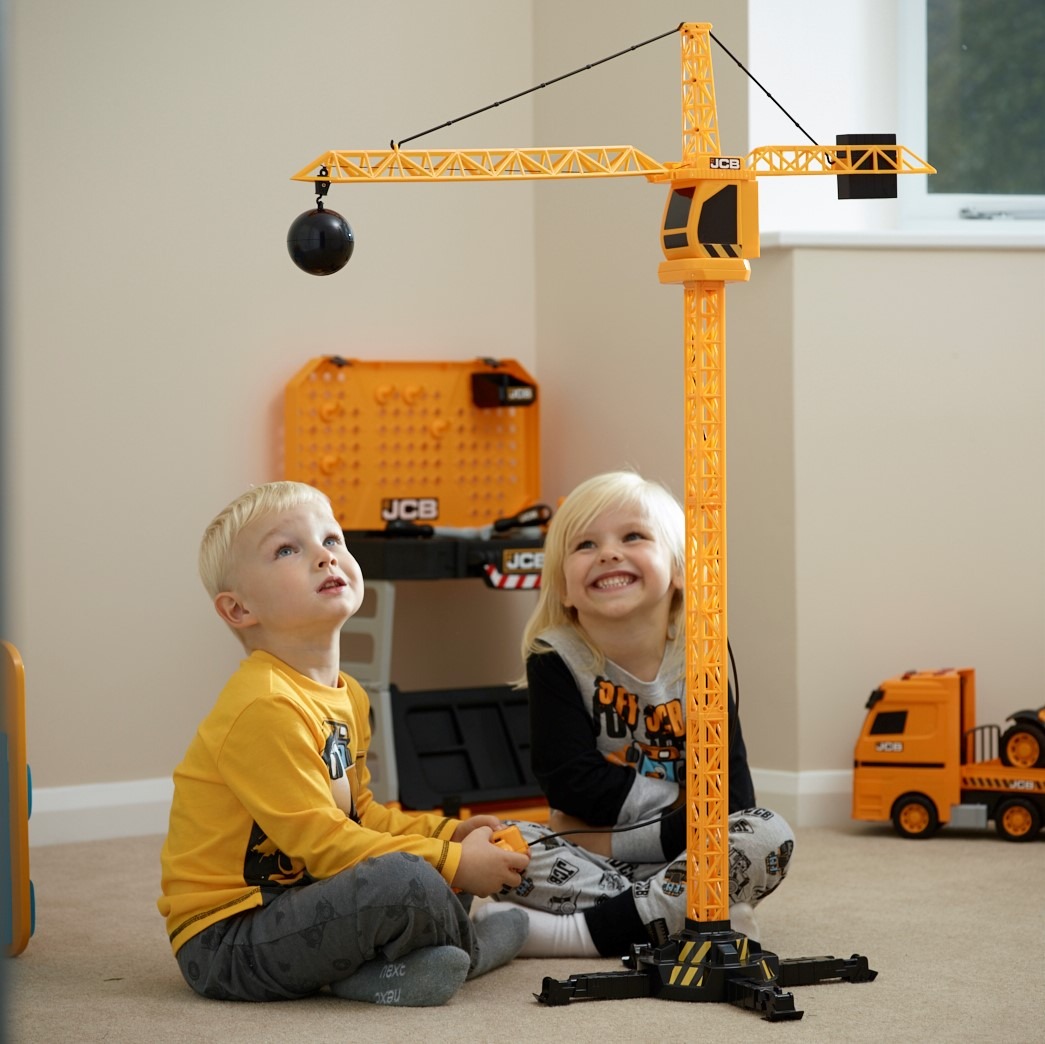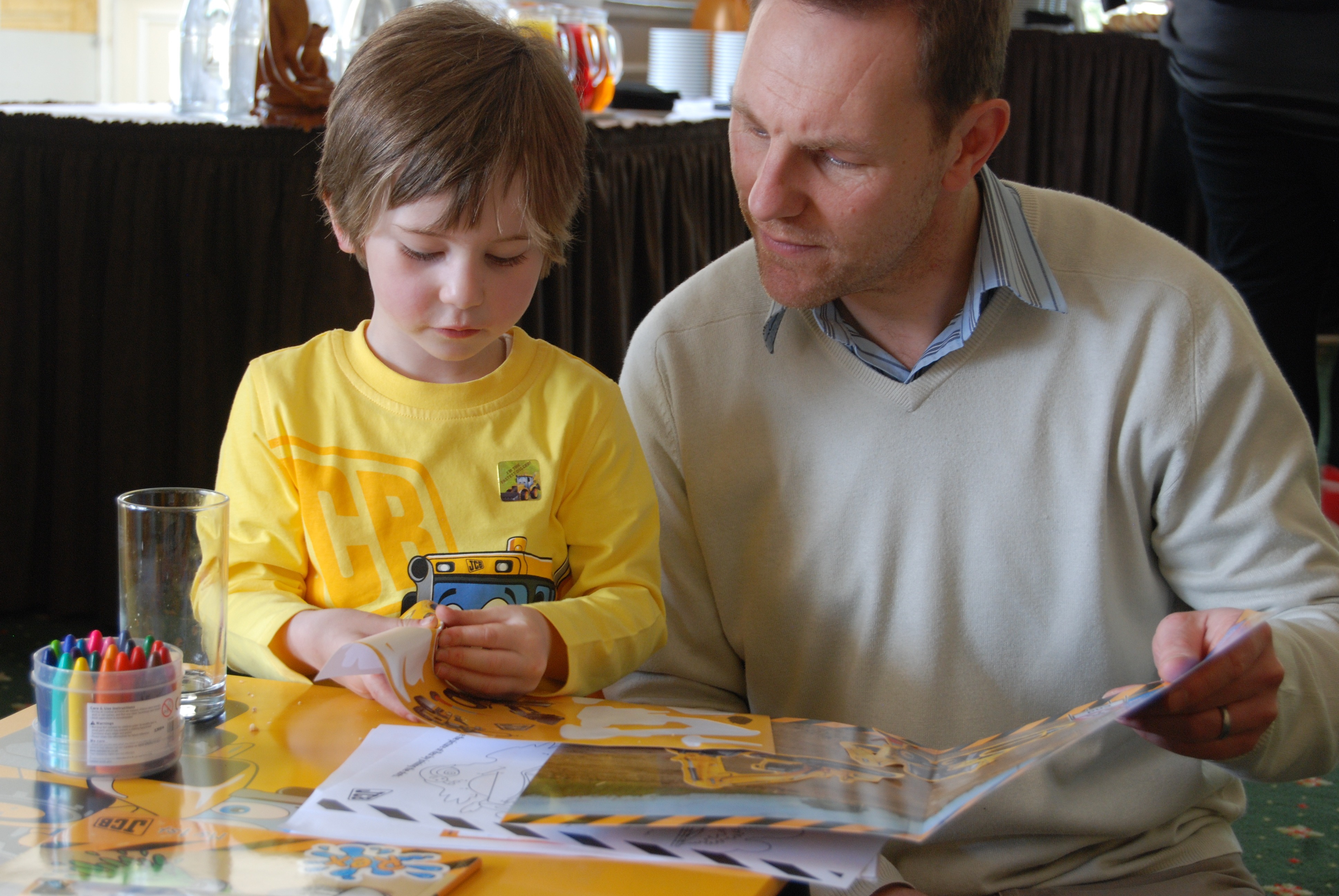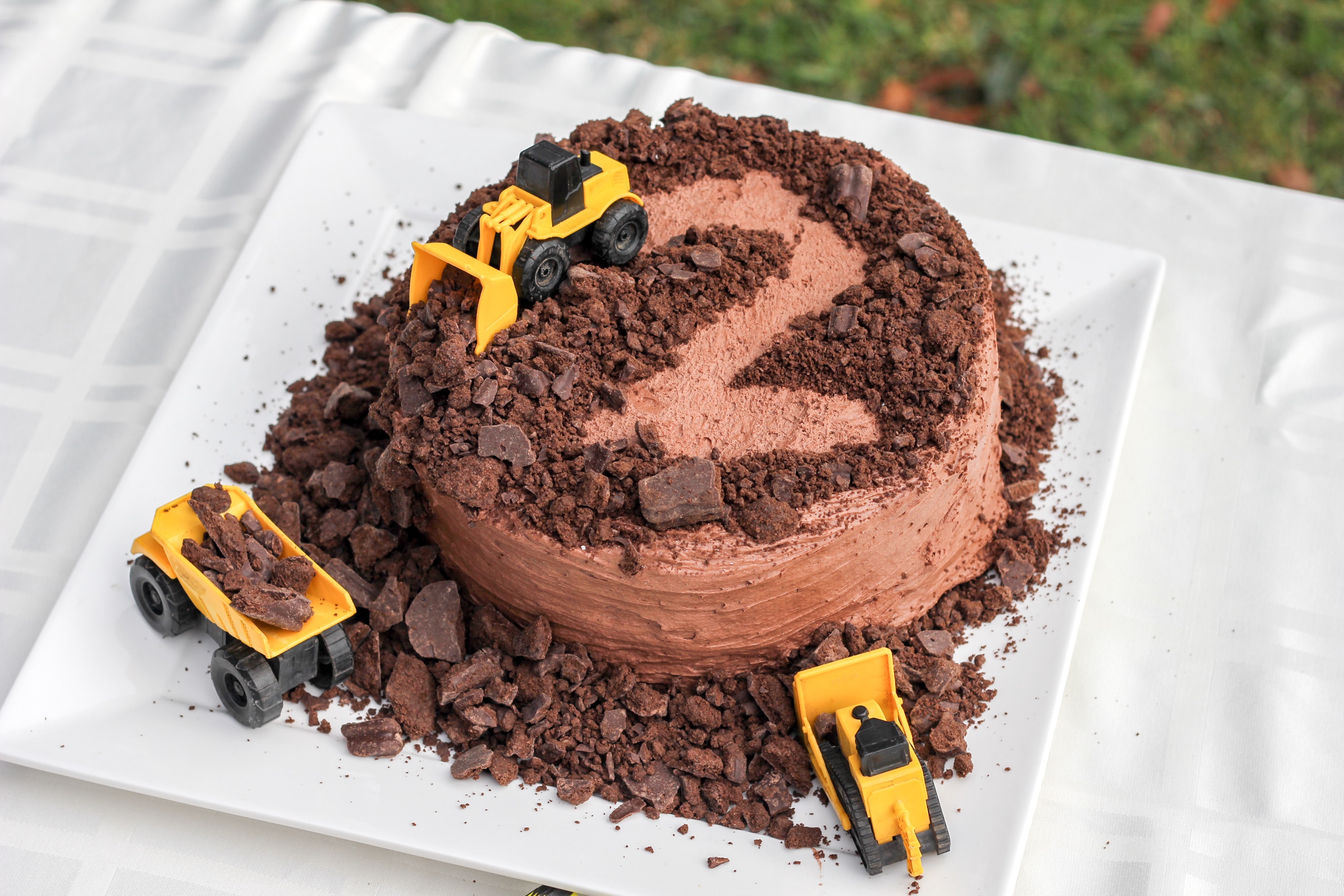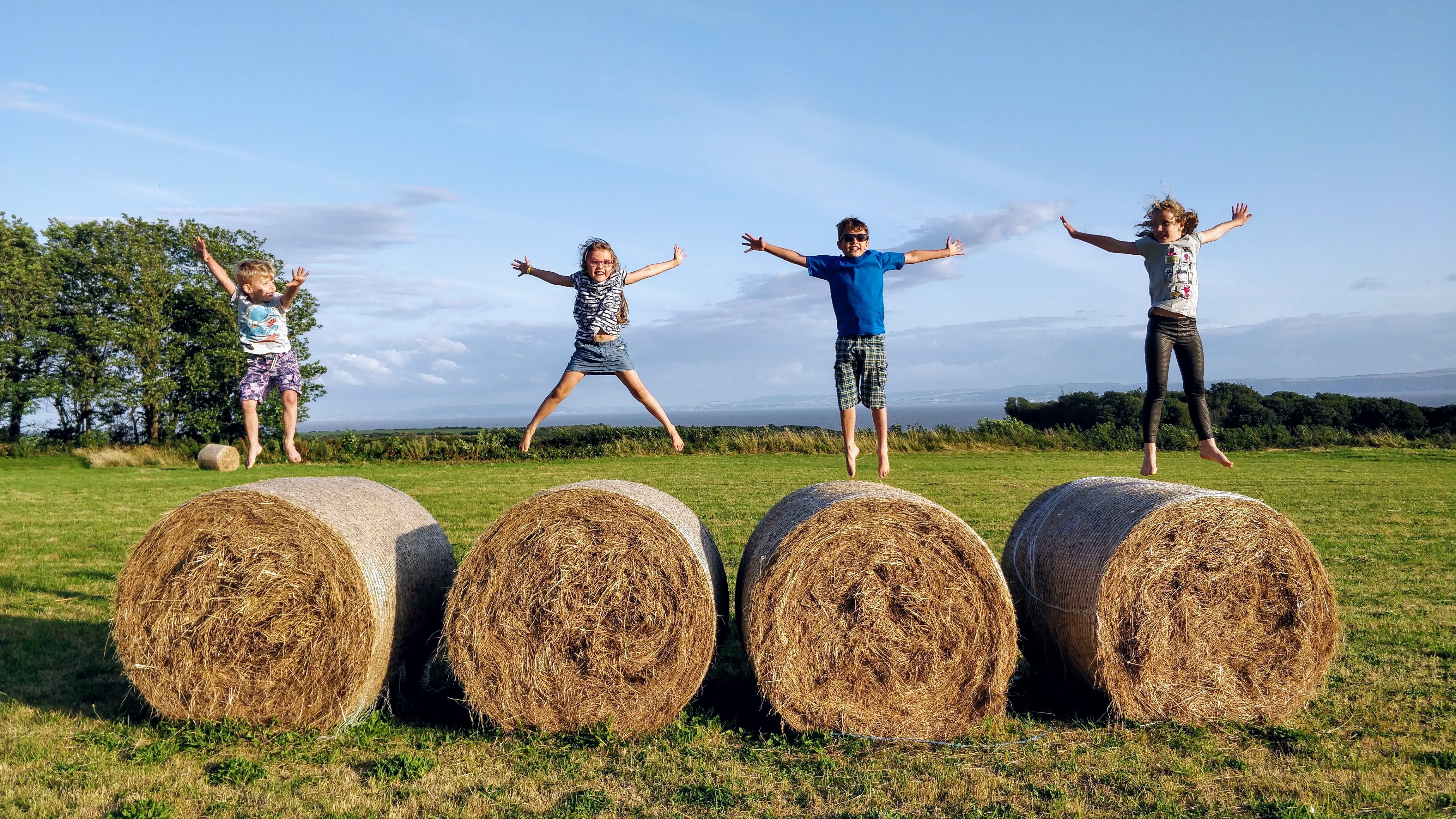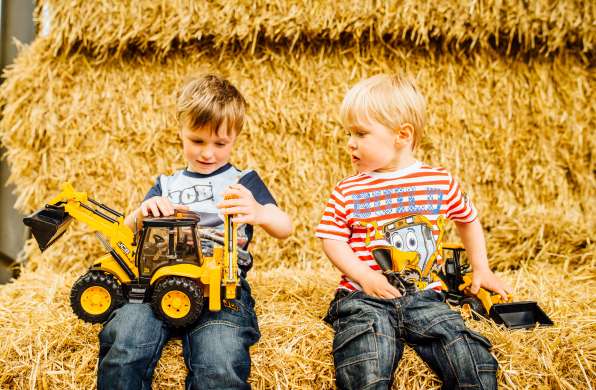Science is all around us, and what better way to learn about it than by exploring nature? Outdoor science experiments are a great way for kids to discover the wonders of the natural world and to learn about scientific concepts in a fun and interactive way. Here are some ideas to inspire parents, teachers and caregivers to help kids explore and learn about the world around them.
Plant a Garden
Planting a garden is a great way for kids to learn about plants and their life cycles. They can learn about soil, water, sunlight and the different types of plants that grow in their region. Encourage kids to plant a variety of plants, including flowers, vegetables and herbs. They can also observe the different insects and animals that visit the garden and learn about their role in pollination and plant growth.
Investigate Rocks
Rocks can tell us a lot about the history of the Earth and the forces that have shaped it. Kids can go on a rock hunt and collect different types of rocks. They can observe the colours, shapes, and textures of the rocks and learn about the different types of rocks, such as sedimentary, metamorphic and igneous. They can also investigate how rocks are formed and the processes that cause them to change over time.
Study Insects
Insects are fascinating creatures that come in all shapes and sizes. Kids can observe and learn about the different types of insects in their area, such as ants, bees, butterflies and ladybugs. They can investigate the different body parts of insects and their functions, as well as their life cycles and behaviours. Kids can also learn about the important role that insects play in our ecosystem, such as pollination and decomposition.
Explore Water
Water is a fascinating and essential element that surrounds us, and there are many ways kids can explore its properties and role in the environment. For example, kids can investigate how water moves and interacts with other materials by creating a DIY water table or conducting experiments with floating and sinking objects. They can also learn about the water cycle and the importance of conserving water resources.
Build a Birdhouse
Building a birdhouse is a fun and creative way for kids to learn about birds and their habitats. Kids can research the different types of birds in their area and design a birdhouse that meets their needs. They can learn about the different features of a birdhouse, such as the size, shape, and materials, and how they affect the types of birds that will use it. Kids can also observe and learn about the different behaviours and habits of birds that visit their birdhouse.
These are just a few examples of the many outdoor science experiments that kids can do to explore and learn about the natural world. By engaging in these activities, kids can develop their science skills, critical thinking, and problem-solving abilities. Most importantly, they can develop a lifelong love and appreciation for science and the environment.
JCB Explore is dedicated to advocating and promoting outdoor play for kids. Recognising the importance of constructive and imaginative play, we encourage children to engage with their environment through outdoor activities. By fostering a connection with nature and emphasising the benefits of constructive play, we aim to inspire children to explore, learn, and have fun in the great outdoors.


